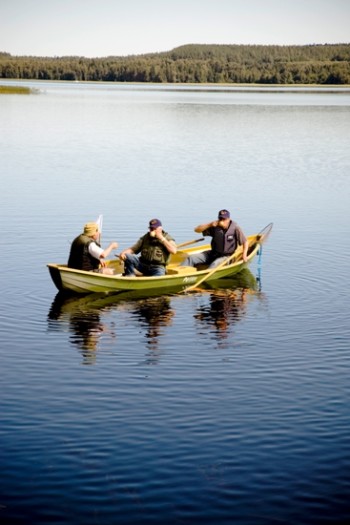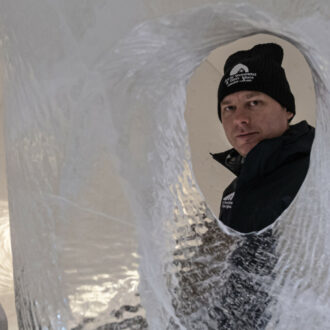Ready to take your Finnish to the next level? We look at three little volumes that will surely expand your Finnish vocabulary – and it will be practically painless.
So you’ve built up quite an impressive knowledge of Finnish. In fact, some time ago you stopped considering yourself a beginner and promoted yourself to intermediate. Your vocabulary is growing stronger all the time, and you know how to do more than just order beer and buy tram tickets.
However, how do you make the transition to that elusive next stage – the one where you truly grasp what people around you are talking about and really express yourself in conversation? Here are three dictionaries that will help you expand your knowledge of Finnish – and of Finnish culture, too.
Multilingual metaphors

Cross-cultural cake: An expensive dessert might “cost strawberries” for a Finn, but an English speaker pays an arm and a leg.Photo: Visit Finland
If your mother tongue is English, Swedish, German, French or Spanish, then you’ll enjoy Kielikuvia ja fraaseja kuudella kielellä (Figures of Speech and Phrases in Six Languages, published by Gummerus). Ever decode a Finnish phrase but still fail to understand what it means? This book can help.
For example, you may realise that vetää nenästä translates directly to “pull by the nose,” but you might not comprehend, unless you have Kielikuvia to tell you, that it’s the equivalent of pulling someone’s leg in English. And if a Finn laittaa kaikki yhden kortin varaan (puts everything on one card), that person is putting all his or her eggs in one basket.
Amazingly, something that is täyttä hepreaa (complete Hebrew) in Finnish can simultaneously be all Greek to English speakers. And if something maksaa mansikoita (costs strawberries) for the Finns, that’s a bargain compared to what it costs for English speakers: an arm and a leg. Similarly, in Finnish you may joutua ojasta allikkoon (go from the ditch into the puddle), whereas English speakers must jump straight from the frying pan into the fire.
Express yourself
For systematically improving your vocabulary, a better bet may be Suomen kielen sanakirja maahanmuuttajille (Finnish Dictionary for Immigrants, Gummerus). It’s all in Finnish, so it doesn’t matter what your first language is.
Each entry contains a clearly written definition, followed by example sentences to show you how the word is used in context. Many entries include synonyms, antonyms and sayings.
If you look up rehkiä (toil), you’ll see the following (the English translations are ours): Kun joku rehkii, hän tekee liikaa töitä. (When someone toils, he or she does too much work.) We like the example sentence: Toimittaja rehkii pitkiä päiviä. (A journalist puts in long days.) And for good measure they add a synonym, raataa (drudge), and an antonym, laiskotella (laze around).
The authors admit in the foreword that “using a unilingual dictionary may seem strange to the reader at first, but it is worth it.” They continue, “The more students use the Finnish language, the more knowledgeable they become about the language and the better they can express themselves in Finnish.”
Thirst for success

All “in the same boat”: This is one expression that is exactly the same in English and Finnish.Photo: Visit Finland
If you’re still thirsting for more definitions and figures of speech, take it to the next level with Suurella sydämellä ihan sikana – Suomen kielen kuvaileva fraasisanakirja (roughly: With Your Heart in It like Crazy: Dictionary of Finnish Figurative Phrases, Gummerus).
The foreword of this unilingual dictionary astutely notes that expressions “don’t just convey information, but also provide insights into a culture.” They also indicate feelings and moods. The definitions and example sentences help readers understand what the phrases mean and when they are used.
How about the verb mennä (to go)? In Finnish, things don’t “go to the dogs,” but something can mennä poskelleen (go on its cheek), mennä aivan penkin alle (go completely under the bench) or mennä puihin (go to the trees), all of which mean “to fail.” However, if things mennä putkeen (go into the pipe) or mennä nappiin (go to the button), then you’ve succeeded.
You need look only as far as the first letter of the alphabet to find your first ahaa-elämys (“aha experience,” meaning a flash of realisation) – and the rest of the book is full of them.
By Peter Marten, November 2011






